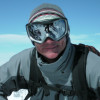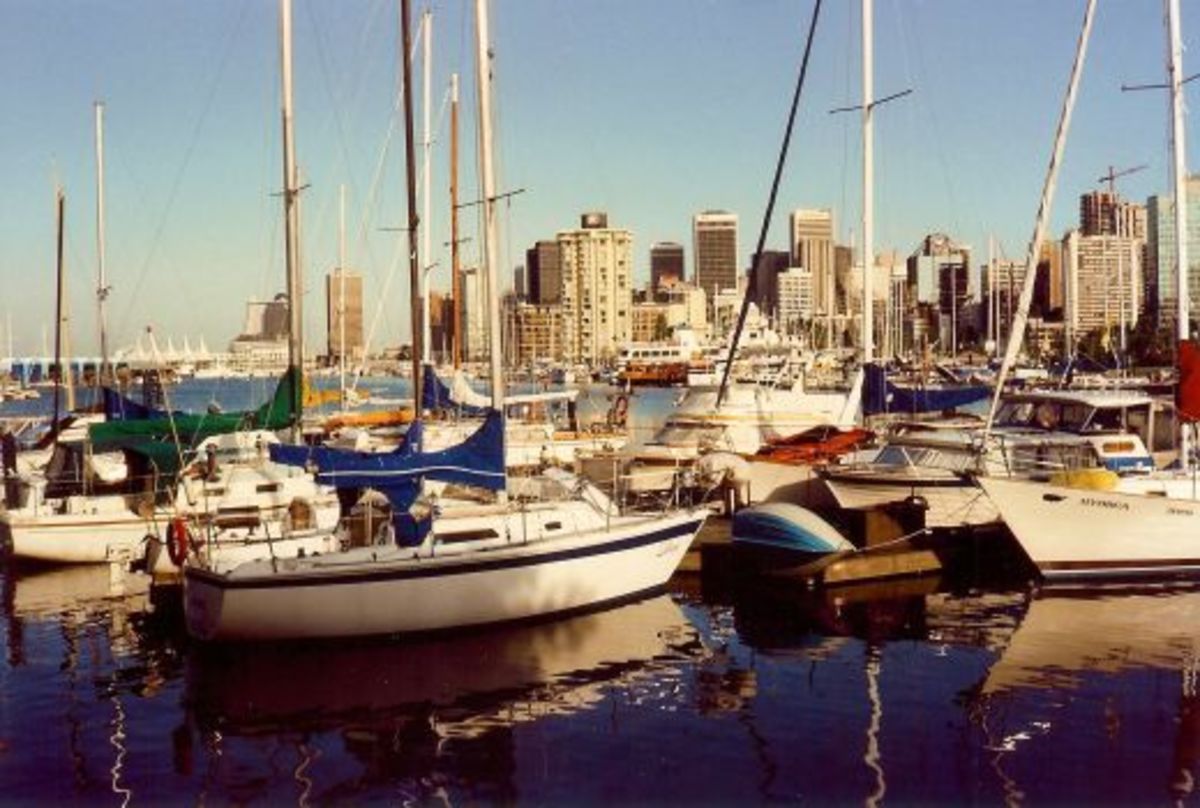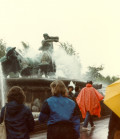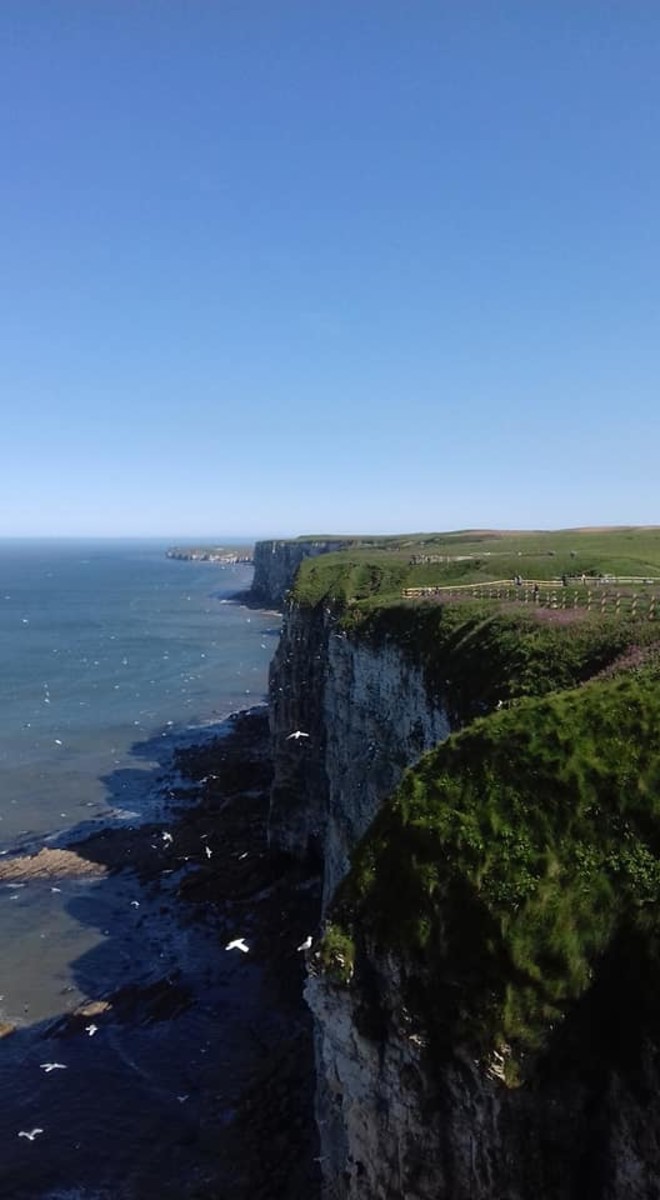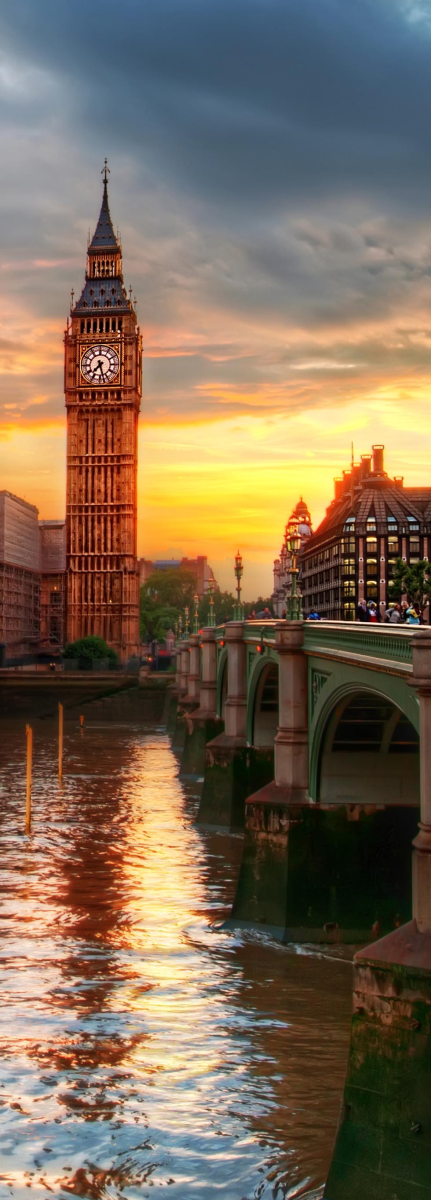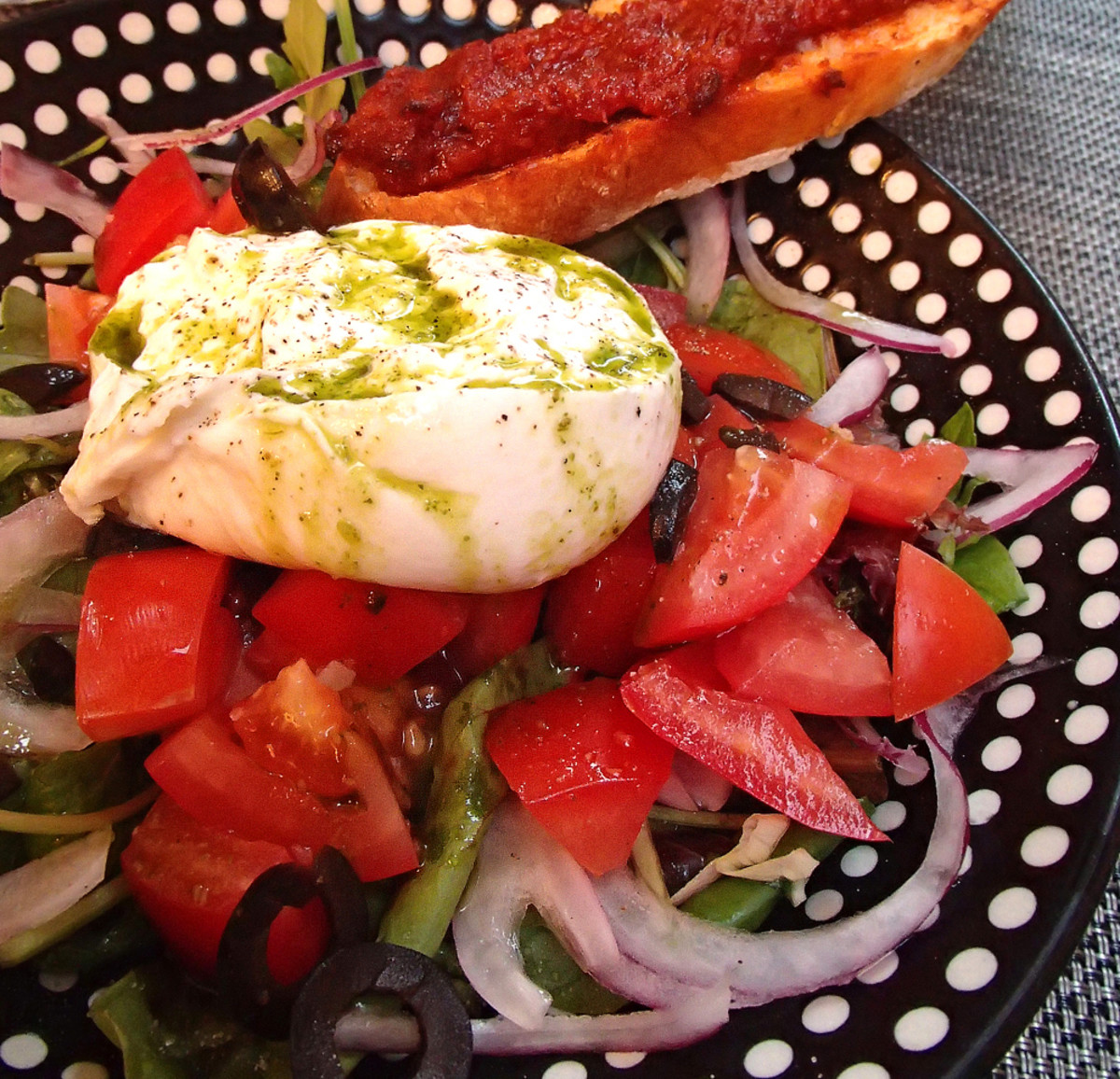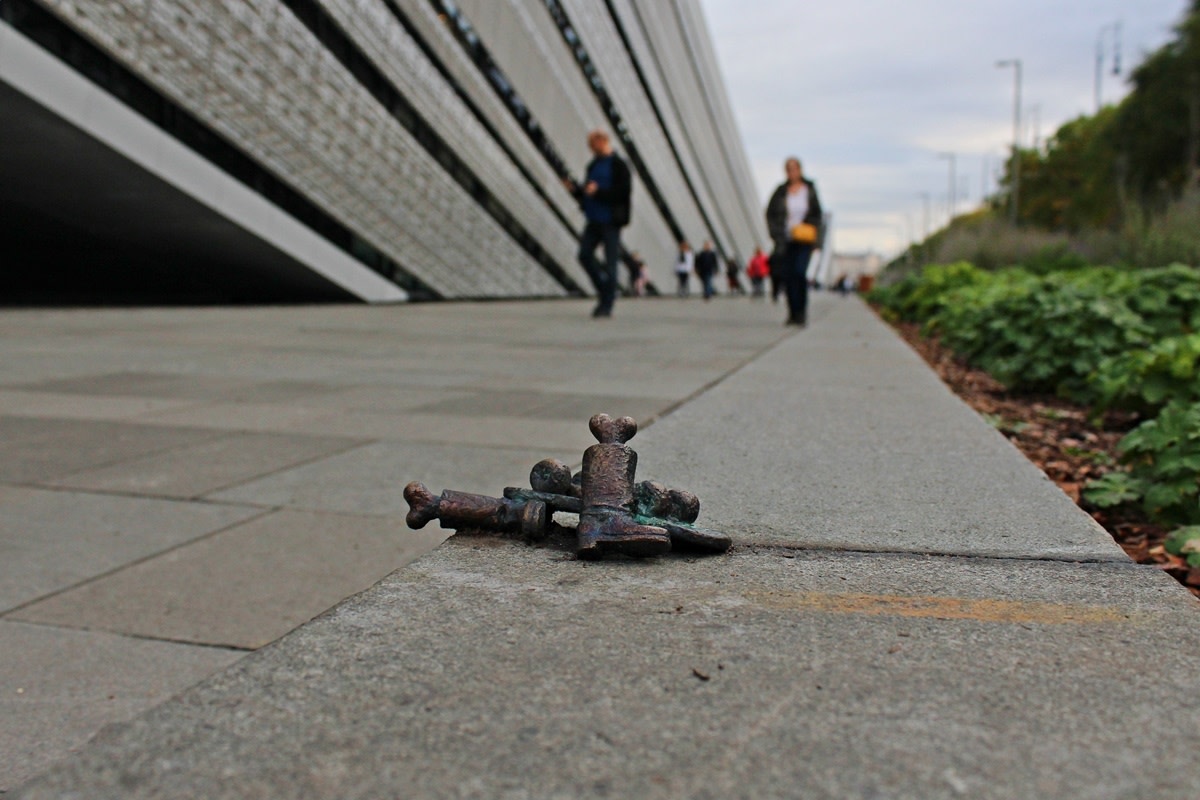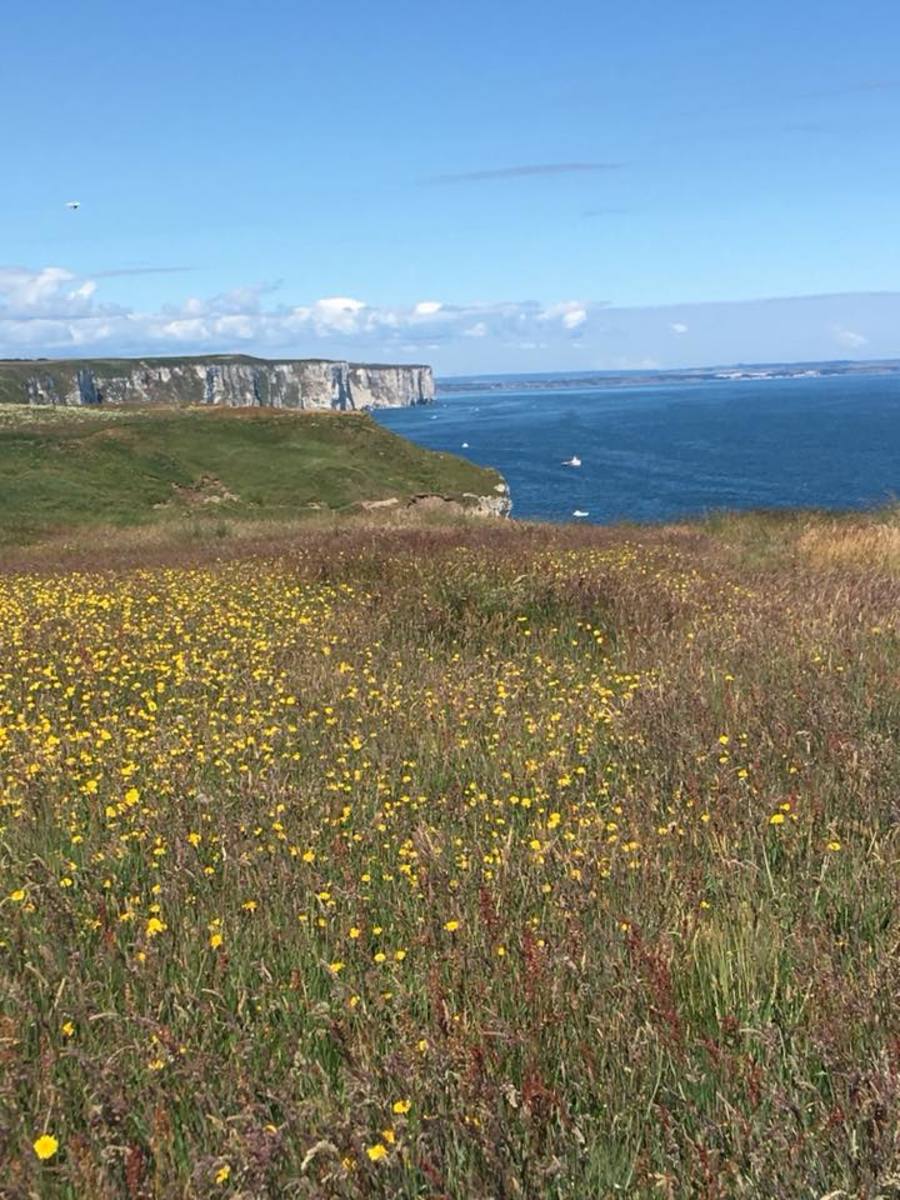How to Ski Europe: A Guide to the Basics for First-Timers
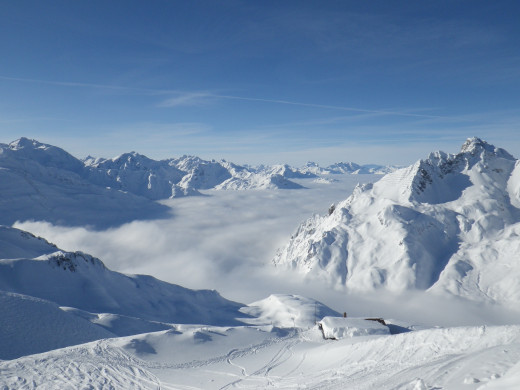
Introduction
This article is intended to give a general reference for people who are interested in skiing in Europe but who have never been. It assumes that the reader is a reasonably experienced skier who just hasn’t fulfilled their dream of skiing in the Alps.
I will refrain from making any specific recommendations. The point of this article is to educate the reader about details to make the best possible decisions. Besides, I’m not some PR person trying to get you to go a specific resort. I recommend that you research your choices by finding current reviews of resorts and hotels using resources such as tripadvisor.com.
The first thing to know is that the best deal is always the Saturday-to-Saturday ski week package. Yes, you can book according to your schedule, but there are a lot of good reasons to go with this program, as you will learn by reading this article.
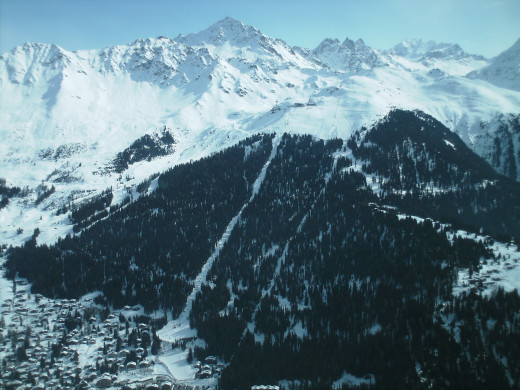
The Skiing
The biggest difference between the Rockies and the Alps is that the treeline is much lower in Europe. This can mean that during a storm, visibility can be very challenging. But the treeless open bowl terrain is why I love the Alps more than any other mountain range. The scale of the largest European ski resorts is mind-boggling, both in terms of vertical and acreage (although in Europe they measure by kilometers of groomed runs). Even the smaller ski areas are large by North American standards.
The villages in the Alps preexist skiing, and over time have been connected by lifts. Thus, one of the coolest aspects of Euro skiing is going from village to village. In many resorts, you can do circular tours where you never ride the same lift twice. You can go to another village for lunch, stop at another for a snack, then go home. Budget an extra $100 for a taxi ride when you get lost (and don’t sweat it!), although the bus systems are so good, and usually included in the lift ticket, taking a taxi is only for convenience.
The reason lift tickets are cheaper in Europe is because it’s a different business model. The lifts are run as part of the town’s parks & recreation department. Taxes support it, including tourist taxes, so they don’t have to sell real estate, lessons and food to make the business work. Instead, the local businesses take care of business, and the town takes care of the ski area to attract people to the businesses.
In general, because of its location in the middle of the Alps, the best way to get there is to buy a ticket to Switzerland well in advance to get a good price, then choose your final destination later (see “Selecting a Resort," below), and then take a train to your intended destination. Both Zurich and Geneva’s airports have a train station in the airport. Geneva’s offers free transport into the city, but doesn’t have as robust a rail schedule as Zurich. The website for the Swiss train system (sbb.ch) works in English as well as German, Italian and French (at the top, where it says “de fr it en” click on “en” if it hasn’t figured out your IP address). It’s a bit of a drag lugging luggage, but there are free carts (unlike American airports where they nail you $3-5). At other train stations, generally you have to put a coin in that you get back when you return the cart. Don’t rent a car, it will just sit there and you’ll have to shovel it out. Apply the savings to your hotel.
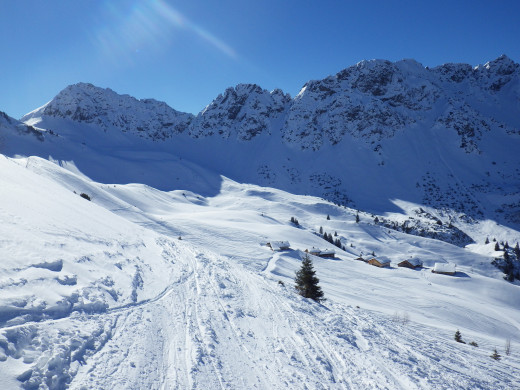
A Few "Cons" to Know
I should mention a few “cons” up front, too. Europe is more densely populated, and getting out of the village and up the hill in the morning can try one’s patience. Some liftlines can be shoulder-to-shoulder, but it’s a lot better than it used to be, thanks to the 8-seater bubble chairs with cushy heated seats (my joke is that Euros are savages in liftlines, Americans at the dinner table). Likewise, the main drain runs can be nightmarish at the end of the day. You will not believe how tasteless the music in the bars is, but you will be astounded by how much fun people are having. Your heart will skip a beat every time you pass an oncoming truck on the narrow roads. There are hardly any free public bathrooms (although there are plenty on the hill), and typically you have to pay E/CHF0.50, but often you get a coupon to use at the gas station, so make sure you have some coinage for when nature calls.
This is a high-mountain environment. Hazards like rocks, or streams, or even cliffs are rarely marked. "Halloween bamboo/rope" (orange and black hazard demarcation) doesn't even exist over here. Sometimes you see a yellow sign with a stick figure going over a cliff that says "Absturz Gefahr" (Crash/Fall Danger), but that's about it. Gotta watch out! White-out conditions can also be very challenging in the zone above the treeline. Groomed runs are marked with fluorescent poles, but sometimes you'll be going from marker-to-marker.
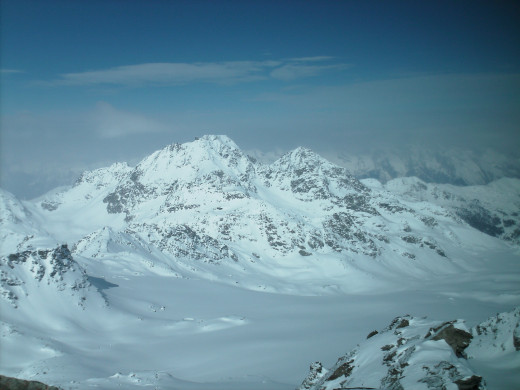
Timing
Since the typical flight goes overnight from the US, I suggest that you land a day early and sleep in your arrival city (depart Wednesday, arrive Thursday, arrange an early check-in), take a short nap to get over your jet-lag then use Friday to walk around. Or land Friday, tough it out by walking around, then crash early. Either way, on Saturday, catch the train to your intended destination and enjoy your ski week package deal. Of course time and money are the variables, but being ready for your ski week is important. Most flights back to the US leave in the morning and go during the day, so book your return flight for Sunday, on departure day, Saturday, take the train back to an airport hotel, have dinner in the city, then be right there for your flight on Sunday morning. “Timing is everything.”
If you have the money and time, go for two weeks and take a day to travel by train between two resorts. Riding in a train through the Alps is a great way to see the countryside.
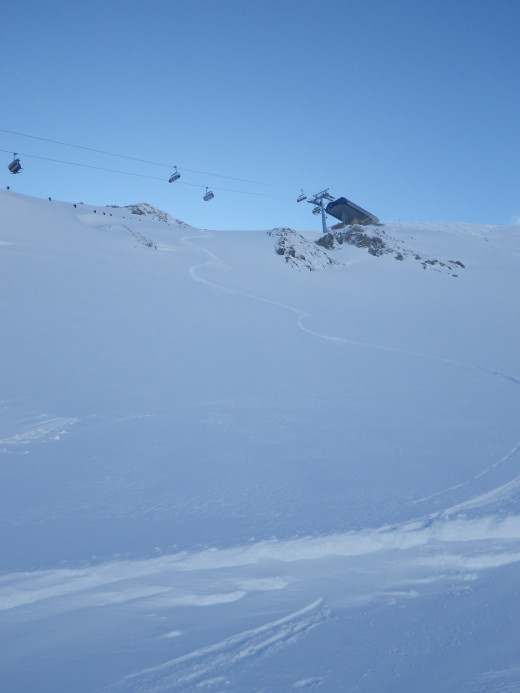
Selecting a Resort
The Alps can be hit or miss for snow. However, like Tahoe, things can change quickly. After 40+ years of traveling for skiing, I think there’s absolutely no reason to book very far in advance. In fact I recommend waiting until the last minute. Pick your window of time, set your budget, book a flight, then watch the ski reports and go where it’s been snowing. Think saving a couple hundred bucks by booking early is worth it? Try getting skunked after spending thousands. Other than Christmas and February, which is school holiday time, or if there’s a particular hotel you want to visit, you should have no trouble booking your hotel last-minute in January, March or April. A good place to keep track of conditions and to learn about lesser-known resorts is The Weather Underground’s ski report page (wunderground.com/ski/).
In my opinion, the modern purpose-built ski resorts are boring and often ugly; I recommend choosing a village with history. On down days, you can explore the historical sites.
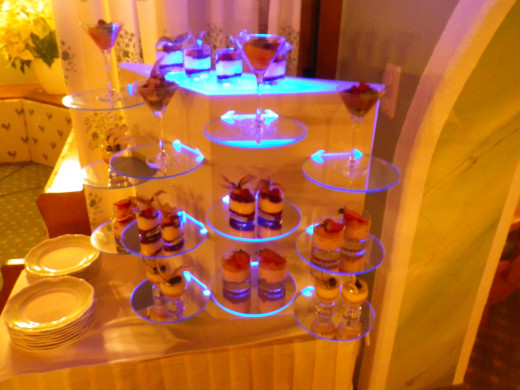
Sleeping and Eating
The best deal is always a Saturday to Saturday ski week at a three or four star hotel with breakfast and dinner included. $250-$350 per night is about average. What you get is slopeside lodging, usually lift tickets (but not always, note that they’re not as expensive as in the US, anyway), great amenities (pools, saunas etc.) and meals that will make your eyes bug out and stomach split.
To compare, in the U.S., a nice slopeside hotel runs about $175-$225, breakfast will set you back about $40 (and isn’t as good), having a four/five course dinner at a three/four-star restaurant will cost $80-120 in food, plus you have to get there instead of walking downstairs (what you drink is always extra), plus a lift ticket is ~$90. Many hotels also offer an apres-ski snack, typically in the bar area. In any event, you will not go hungry, pay extra or have to hassle looking for or traveling to a restaurant. You can try different places for lunch.
You’ll be assigned a table for the week and will have the same server except on his or her day off. There will be several options, or there will be a buffet with a varying theme. You can also order from a menu if nothing appeals, but that will cost extra. Look at it as an opportunity to try new things. In any case, it removes the guesswork and is convenient just to go downstairs and be fed. If you want to try a different restaurant, you will usually be credited a small amount of money if you tell the hotel in advance that you won’t be dining in-house.
It’s actually really nice to get to know your server and the other guests who are there that week, as often they return to the same hotel the same week each year. Typically, on Saturday evening, arrival night, there is a cocktail or wine-and-cheese mingling opportunity before dinner.
If you have special dietary requirements, inquire prior to booking if they can accommodate you, then re-confirm shortly before you depart.
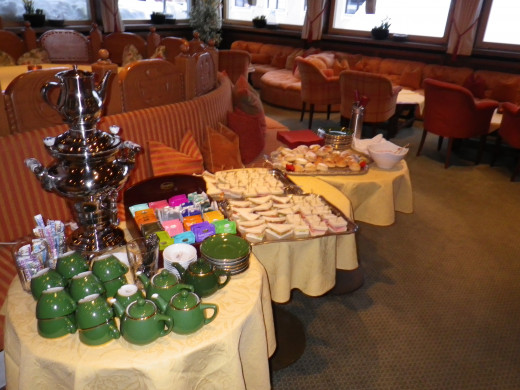
Amenities
Most of the hotels in the three star-plus range will have very nice spas. As a general rule, the difference between how many stars a hotel boasts is more about those types of amenities than any other factor. That is, the rooms and food will always be great, it’s just how big the pool is, how nice the spa area is, etc., that distinguishes how many stars a hotel has.
Note that the saunas are coed naked. Yes, you will be seeing your fellow hotel guests bleary-eyed at breakfast, dressed nicely for dinner and naked in the sauna. If you are uncomfortable with this custom, you should forego the sauna rather than make the other guests uncomfortable by wearing a swimsuit. If you do, they will resent you, and it is better to avoid that situation and be friendly at meal-time.
The bar is another place where you’ll interact with your fellow guests and the hotel staff. The tap beer will be fresh and delicious, the cocktails beautifully served but weak. Try the “Glühwein” (hot spiced wine) and “Wodka mit Feige” (a shot of chilled vodka with a canned fig).
The beds in 3+ star hotels will have down/feather pillows and comforters. You will not get a top sheet. If you’re allergic, make sure to ask ahead for what you need. Beds for two will usually be comprised of two mattresses with two comforters.
The ski room is an important part of hotel life. Walking through the hotel in your ski boots is frowned upon; you are expected to leave your gear in the ski room. Typically there are racks for drying your boots, and often ski rentals can be arranged by the attendants. Some hotels even have in-house shops for renting and tuning skis.
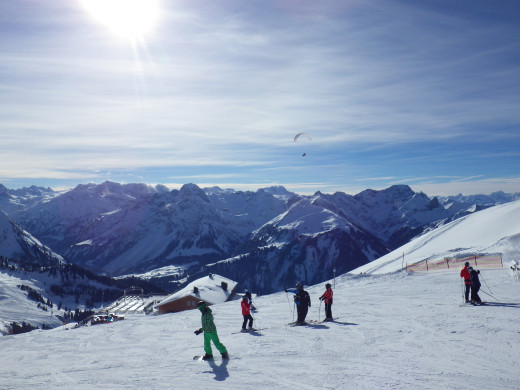
Kids' Stuff
As noted in the “Timing” section, having a day to recover from jet lag prepares you for your ski week, and this goes double for children, who will be overstimulated and exhausted from an overnight flight, especially if it’s their first time. Having some time to decompress and adjust makes a huge difference.
Another great reason to go for a ski week is because ski school is oriented to that program. On Sunday, groups are formed, and this is a good way for kids to meet other kids with whom to play not only while skiing, but after skiing or on down days, too. On Friday, there’s a fun race, and an end-of-week ceremony where everyone gets a medal or other prize.
Many hotels, especially those located on the mountain, have a sledding track for kids (of all ages) to use called a “rodelbahn.” Typically the hotel will have a supply of sleds to use for free. Many are also lit at night. On storm days, if the mountain is closed or simply too unpleasant to ski, this gives kids an outdoor activity to blow off steam and reduce whining.
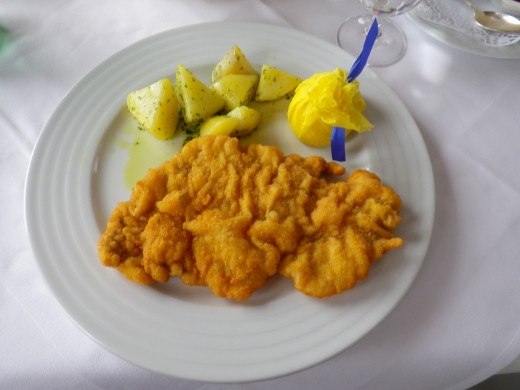
Cultural Customs and Practical Matters
I highly recommend using the local language for every “please” and “thank you.” Since Europeans typically speak more than one language, they tend to view Americans with some disdain for expecting everyone to speak English, and that one tiny gesture goes a long way.
Paying for things is simplest using a credit card, because the card companies typically give as good a rate as you can get, but not every place takes them. Your hotel will, but on-mountain lunch is almost always a cash transaction.
Getting cash depends a lot on your home bank. Ask what their policies are before you go, because in general, it’s best just to use your ATM card and get cash on an “as-needed” basis. You may also need to pre-authorize the bank to let you use your card overseas. Steer clear of the exchange kiosks in the airports, as they tend to give worse rates, thus I recommend against bringing cash other than enough to get you to and from the airport. Travelers’ checks are obsolete.
Tipping 5% is adequate because the restaurants/bars actually pay the help (imagine that!). Tip 10% and you’re a hero, any more and you’re a fool. If you go the ski week route, which, again, really is the way to go, approach the head of reception to ask how they do it there. Some places you tip the server assigned to your table directly, others pool tips. The bartender will appreciate it if you drop a 2 Euro/Franc coin on the bar at the end of each evening, although it’s also better to charge the drinks to your room, then another 10-20 Euros/Francs in cash on your last night.
